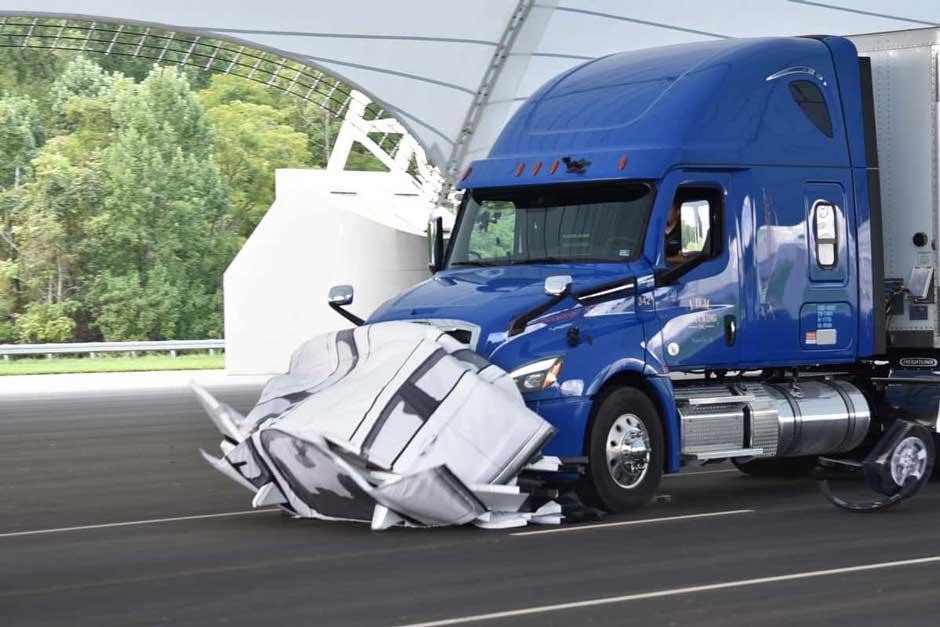The aftermath of a truck accident can be chaotic. Amidst the shock and pain, it’s easy to overlook the vital step of documentation. But if you’ve ever sought advice post-accident, especially from those familiar with drowsy driver accidents, you’ll know the importance of keeping a detailed record. Properly documenting your injuries can significantly influence the outcome of a truck accident claim.
1. Starting with the Basics: Immediate Medical Attention
Post-accident, it might feel like you’re in a whirlwind, with emotions running high and adrenaline pumping. But amidst this storm, it’s essential to anchor yourself with some immediate actions. If you found a mystery novel without the first few pages, would it make sense? Similarly, without immediate medical attention, your injury documentation would be incomplete. Even if the injury seems minor, seeking medical attention ensures a professional assessment.
This not only guarantees your well-being but lays the groundwork for a comprehensive injury record. Furthermore, seeking prompt medical attention can establish a direct link between the accident and your injuries, making it challenging for insurance companies to dispute your claim on the grounds of pre-existing conditions or unrelated incidents. It also helps in identifying latent injuries that may not manifest symptoms immediately but could become significant later.
2. Keeping a Pain Diary: Your Personal Chronicle
Ever tried remembering the plot details of a movie you watched months ago? It’s not always easy, right? In the same vein, recalling specific pain levels, emotional distress, or daily challenges weeks or months after an accident isn’t straightforward. That’s where a pain diary comes into play. This personal chronicle, updated daily, can capture the nuances of your recovery journey. Note down pain levels, medications, emotional states, and any obstacles faced in daily routines.
It’s akin to keeping a travel diary, only this journey is towards recovery. A well-maintained pain diary can also serve as a valuable tool when communicating with healthcare professionals. It provides them with insights into your progress and allows for adjustments in your treatment plan based on your daily experiences. This collaborative approach can lead to more effective medical care and a stronger foundation for your injury claim.
3. Photos and Videos: A Picture Speaks a Thousand Words
You’ve heard it before, but in the context of injury documentation, this age-old adage holds immense weight. Visual evidence like photos and videos can be powerful. Think of them as the trailer of a movie; they give a glimpse into the story without revealing everything.
Regularly capturing images of your injuries, swelling, bruises, or even surgical procedures can provide a timeline that words might fail to describe adequately. Additionally, photographs and videos can act as a compelling visual record that can be presented to insurance adjusters, lawyers, or a court if necessary. They provide a tangible and irrefutable representation of your injuries, making it difficult for anyone to dispute the extent of your suffering.
4. Witness Statements: Amplifying Your Voice
You’re at a cafe, recounting a funny incident to a friend. But then another friend, who was there during the incident, chimes in with additional details. Suddenly, the story is richer and more engaging. Similarly, witness statements can add depth to your injury documentation.
Friends, family, or colleagues who can vouch for your pain, challenges faced, or the impact of the injury on your daily life can amplify your claim’s authenticity. Moreover, these witness statements can provide valuable corroboration, especially if your case involves disputed liability. Their testimonies can serve as crucial pieces of evidence that support your account of the accident and its aftermath, further strengthening your injury claim.
5. Preserve All Medical Records: Your Recovery’s Blueprint
Remember those treasure maps in childhood adventure tales, leading protagonists to hidden treasures? In the landscape of a truck accident claim, medical records are those treasure maps. They provide a blueprint of your injuries, treatment plans, medical expenses, and the anticipated road to recovery. Preserving all doctor notes, prescriptions, therapy details, and even transportation costs related to medical visits can paint a clear picture for insurance adjusters or a court. Furthermore, comprehensive medical records not only bolster your injury claim but also serve as an essential resource for your healthcare providers. They ensure that your treatment is well-informed and tailored to your specific needs, potentially expediting your recovery process and improving your overall well-being.
Accidents, especially involving massive vehicles like trucks, can turn one’s world upside down. But amid the storm, having a detailed, comprehensive record of injuries can be the beacon guiding you towards a justified claim. It’s not just about compensation; it’s about acknowledging the pain, distress, and challenges faced. By meticulously documenting the journey, from immediate aftermath to recovery, one stands a solid ground in the face of skepticism or scrutiny. After all, in the narrative of one’s recovery, every detail matters.

